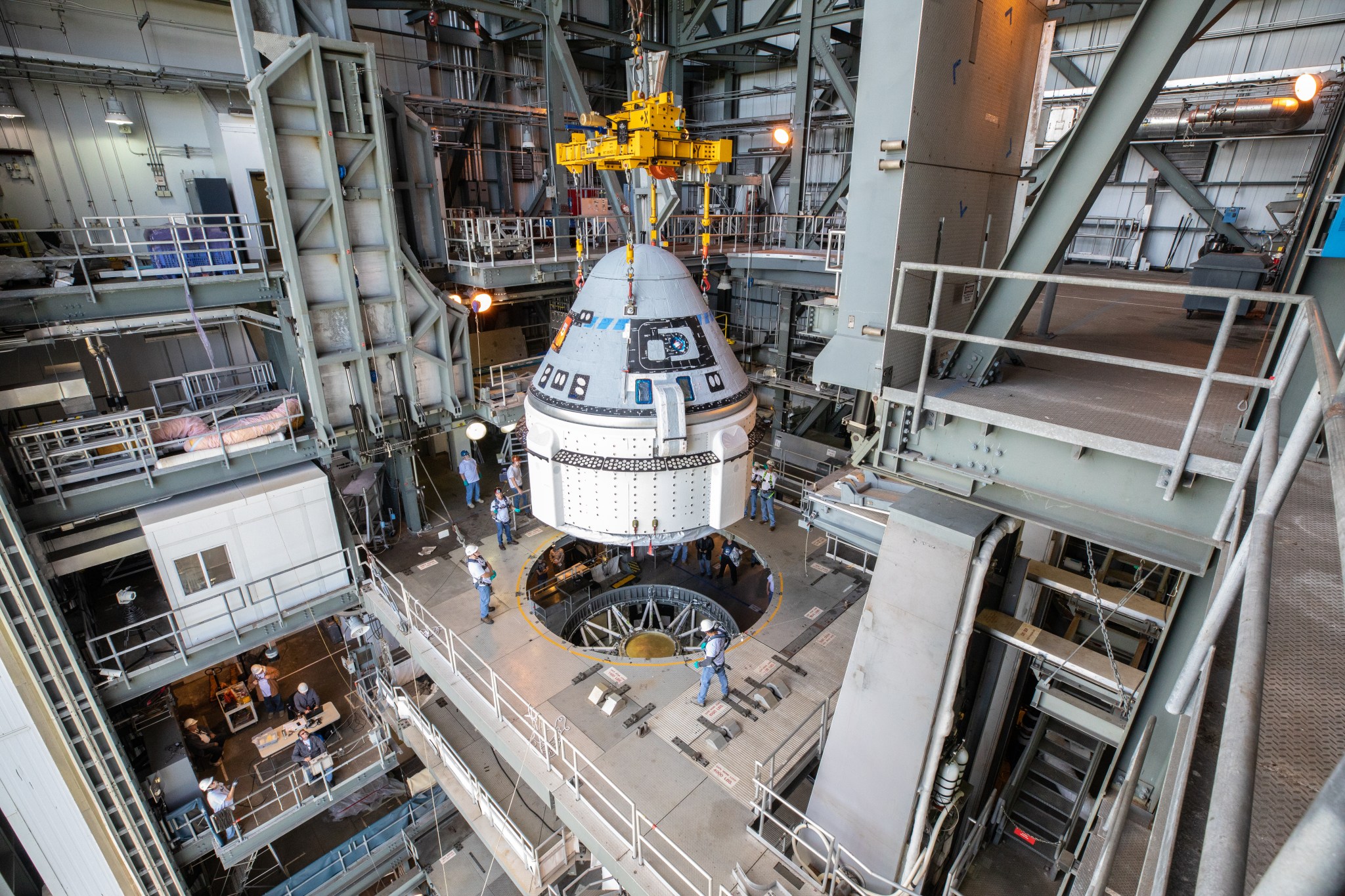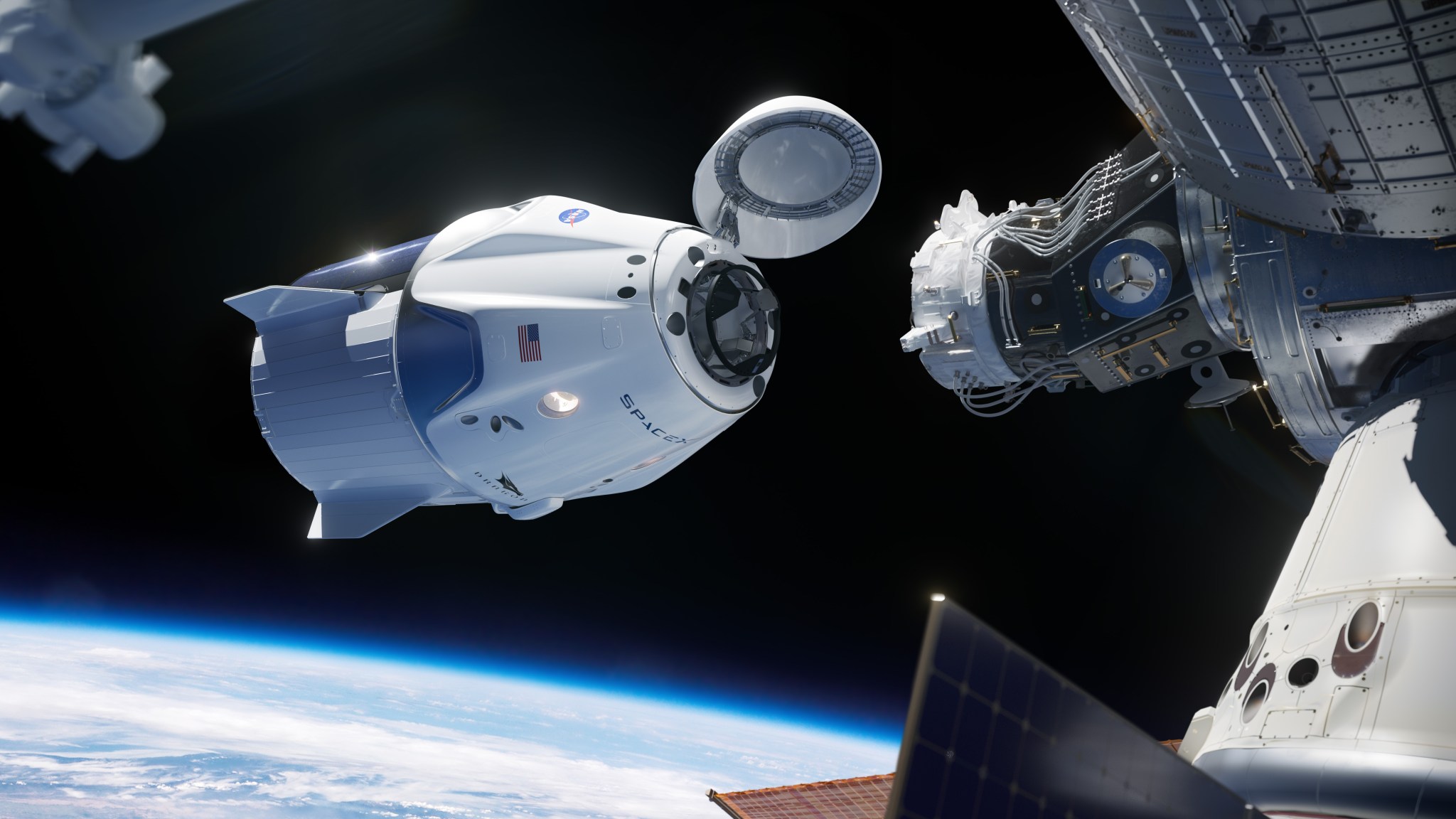NASA’s Commercial Crew Program works with U.S. aerospace companies developing launch and spacecraft systems capable of carrying crew to the International Space Station. Safe, reliable and cost-effective commercial transportation services to and from the station will increase access to the orbiting laboratory while enabling NASA to focus resources on deep space exploration with the Artemis missions to the Moon.
The two companies developing these capabilities are Boeing, which has developed the Crew Space Transportation (CST)-100 Starliner, and SpaceX, which has developed the Dragon crew spacecraft.
NASA’s Goddard Space Flight Center in Greenbelt, Maryland, plays a profound role in the Commercial Crew Program through the Human Space Flight Communications and Tracking Network. This network has long supported commercial missions to the space station, facilitating docking of visiting cargo and logistics missions and, now, crewed vehicles.
The Human Space Flight Communications and Tracking Network synthesizes the capabilities of NASA networks into comprehensive communications services for human exploration missions. They facilitate continuous communications for the space station through the Space Network, and will support the Artemis missions through all three of NASA’s major networks: the Near Earth Network, Space Network and Deep Space Network.
The Human Space Flight Communications and Tracking Network enables communications between both Commercial Crew spacecraft and the International Space Station through the Space Network. The network, managed at Goddard, consists of ground stations and a collection of Tracking and Data Relay Satellites in geosynchronous orbit, which can maintain near-continuous communications for missions..
The Space Network provides data and voice communications to and from the crew and the spacecraft for the entire mission lifecycle — from launch through landing/splashdown. The Human Space Flight Communications and Tracking Network also collaborates with the U.S. Space Force’s Eastern Range and 45th Space Wing to provide independent ground-based orbit determination, enhancing safety in the event of contingencies.

The Space Network also supports the United Launch Alliance Atlas V rocket, which carries Starliner to orbit. The SpaceX Falcon 9 launch vehicle, which carries Dragon, relies on the Wallops Range and other private communications infrastructure.
The NASA Communications Network (NASCOM), also based at Goddard, carries the command and telemetry data from the ground stations to mission operations centers across the country. It also provides the mission-critical voice loops that are used to coordinate all of the support for the launch.
In addition to communications services, NASA’s Search and Rescue office — also based at Goddard — has joined with Human Spaceflight Communications and Tracking Network to provide the Commercial Crew Program with responsive location services through the international search and rescue network, Cospas-Sarsat. Commercial Crew spacecraft are equipped with an emergency beacon that can provide an accurate location anywhere in the world near-instantaneously upon activation. Each crew member is also equipped with a personal locator beacon to be used in the event they need to egress from the capsule prior to recovery.
NASA’s Wallops Flight Facility on Wallops Island, Virginia — a facility operated by Goddard — will provide telemetry support for the SpaceX Demo-2 Commercial Crew launch. Wallops is no stranger to commercial launch support, having served as the launch site for Northrop Grumman’s Antares/Cygnus resupply missions to the space station since 2013.
Wallops’ telemetry support for Commercial Crew continues a legacy of launch services that extends back to the Space Shuttle Program. Wallops played an integral role in shuttle launches, providing both telemetry and tracking support to shuttle missions and the assembly of the space station.
NASA’s Space Communications and Navigation (SCaN) program office, based at NASA Headquarters in Washington, D.C., provides strategic oversight to the Human Space Flight Communications and Tracking Network and the Search and Rescue office. SCaN is also responsible for management of NASA’s three communications networks and the development of advanced space communications and navigation technologies.




























